HTML
--> --> -->In the past several decades, significant theoretical efforts have been made to study the decays
However, in most of these works with the FFs of
In general, there could be other types of diquarks contributing to
This paper is organized as follows. In Section 2, we establish the BS equation for
$ \chi(x_1,x_2,P) = \langle0|T\psi(x_1) \varphi(x_2)|P\rangle, $  | (1) |
$ \chi(x_1,x_2,P) = {\rm e}^{{\rm i} P X}\int \frac{{\rm d}^4 p}{(2\pi)^4}{\rm e}^{{\rm i} p x} \chi_P(p), $  | (2) |
 Figure1. The BS equation for
Figure1. The BS equation for $ \begin{split} \chi_P(p) =& {\rm i} S_F(p_1)\int \frac{{\rm d}^4 q}{(2 \pi)^4} [ I\otimes I V_1(p,q)\\&+ \gamma_\mu \otimes \Gamma^\mu V_2(p,q) ]\chi_P(q)S_D(p_2), \end{split} $  | (3) |
$\begin{split} \tilde{V}_1(p_t-q_t) =& \frac{8 \pi \kappa}{[(p_t-q_t)^2+\mu^2]^2} - (2\pi)^2\delta^3(p_t-q_t)\\&\times\int \frac{{\rm d}^3k}{(2\pi)^3} \frac{8 \pi \kappa}{(k^2+\mu^2)^2}, \end{split}$ | (4) |
$ \tilde{V_2} (p_t-q_t) =- \frac{16 \pi }{3}\frac{\alpha_{\rm seff} }{(p_t-q_t)^2+\mu^2}, $ | (5) |
In general, the
$ \chi_P(p) = (f_1(p_t^2)+{\not\!\!{p}}_t f_2(p_t^2))u(P), $  | (6) |
The quark and diquark propagators can be written as follows:
$ S_F(p_1) = {\rm i} {\not{v}} \bigg[ \frac{\Lambda_q^+ }{ M -p_l -\omega_q +{\rm i} \epsilon} +\frac{\Lambda_q ^-}{ M -p_l +\omega -{\rm i} \epsilon}\bigg], $  | (7) |
$ S_D(p_2) = \frac{\rm i}{2 \omega_D} \bigg[\frac{1}{ p_l-\omega_D+{\rm i} \epsilon} -\frac{1}{ p_l+ \omega_D-{\rm i}\epsilon}\bigg], $  | (8) |
$ S_F(p_1) = {\rm i} \frac{ 1+ {\not\!{v}} }{ 2 (E_0+m_D -p_l+ {\rm i} \epsilon) }, $  | (9) |
$ \tilde{f}_1(p_t) = \int \frac{{\rm d}^3q_t}{(2\pi)^3} M_{11}(p_t,q_t) \tilde{f}_1(q_t)+ M_{12}(p_t,q_t) \tilde{f}_2(q_t) , $  | (10) |
$ \tilde{f}_2(p_t) = \int \frac{{\rm d}^3q_t}{(2\pi)^3} M_{21}(p_t,q_t) \tilde{f}_1(q_t) + M_{22}(p_t,q_t) \tilde{f}_2(q_t), $  | (11) |
$ \begin{split}M_{11}(p_t,q_t) =& \frac{(\omega_q +m ) (\tilde{V}_1+ 2 \omega_D \tilde{V}_2)- p _t \cdot ( p _t+ q _t) \tilde{V}_2}{4 \omega_D \omega_q(-M + \omega_D+ \omega_q)} \\&- \frac{(\omega_q -m )(\tilde{V}_1- 2\omega_D \tilde{V}_2)+ p _t\cdot( p _t+ q _t) \tilde{V}_2}{4 \omega_D \omega_c(M + \omega_D+ \omega_q)}, \end{split}$  | (12) |
$ \begin{split}M_{12}(p_t,q_t) =& \frac{- (\omega_q+m ) ( q _t + p _t)\cdot q_t\tilde{V}_2 + p _t\cdot q_t(\tilde{V}_1- 2 \omega_D \tilde{V}_2)}{4 \omega_D \omega_c(-M + \omega_D+ \omega_c)} \\& -\frac{(m - \omega_q ) ( q _t + p _t)\cdot q _t \tilde{V}_2 - p _t\cdot q _t (\tilde{V}_1+ 2\omega_D \tilde{V}_2)}{4 \omega_D \omega_q(M + \omega_D+ \omega_q)}, \end{split} $  | (13) |
$ \begin{split} M_{21}(p_t,q_t) =& \frac{(\tilde{V}_1+ 2 \omega_D \tilde{V}_2)-( -\omega_q+m) \dfrac{( p _t+ q _t) \cdot p _t }{ p^2_t }\tilde{V}_2}{4 \omega_D \omega_q(-M + \omega_D+ \omega_q)} \\&- \frac{- (\tilde{V}_1- 2\omega_D \tilde{V}_2)+(\omega_q + m )\dfrac{ ( p _t+ q _t)\cdot p _t }{ p^2_t } \tilde{V}_2 }{4 \omega_D \omega_q(M + \omega_D+ \omega_q)}, \end{split}$  | (14) |
$ \begin{split} M_{22}(p_t,q_t) =& \frac{(m -\omega_q)( \tilde{V}_1+ 2 \omega_D \tilde{V}_2) ) \dfrac{ p_t \cdot q_t}{ p^2_t } - ( q^2_t+ p_t \cdot q_t) \tilde{V}_2}{4 \omega_D \omega_q(-M + \omega_D+ \omega_q)} \\& -\frac{ (m +\omega_q) (-\tilde{V}_1- 2 \omega_D \tilde{V}_2) \dfrac{p_t \cdot q_t}{p^2_t} + ( q^2_t+ p_t \cdot q_t)\tilde{V}_2}{4 \omega_D \omega_q(M + \omega_D+ \omega_q)}. \end{split} $  | (15) |
$ \begin{split} \phi(p) =& -\frac{\rm i}{(E_0+m_D-p_l+{\rm i} \epsilon)( p_l ^2-\omega^2_D)}\\&\times\int \frac{{\rm d}^4 q }{(2\pi)^4}(\tilde{V}_1+2 p_l \tilde{V}_2)\phi(q). \end{split} $  | (16) |
In general, the BS wave function can be normalized under the condition of the covariant instantaneous approximation [43]:
$ {\rm i} \delta^{i_1 i_2}_{j_1 j_2} \int \frac{{\rm d}^4 q {\rm d}^4 p}{(2\pi)^8}\bar{\chi}_P(p,s)\left[\frac{\partial}{\partial P_0}I_p(p,q)^{i_1 i_2 j_2 j_1}\right]\chi_P(q,s^\prime) = \delta_{s s^\prime}, $  | (17) |
$ I_p(p,q)^{i_1 i_2 j_2 j_1} = \delta^{i_1 j_1}\delta^{i_2 j_2} (2 \pi)^4 \delta^4(p-q)S^{ -1 }_F(p_1)S^{ -1 }_D(p_2).\\ $  | (18) |
$ \begin{split} {\cal H} =& \frac{G_F\alpha}{\sqrt{2}\pi}V_{tb}V^*_{ts}\bigg\{ \bar{s}\bigg[C^{\rm eff}_9 \gamma_{\mu}P_L -{\rm i} C^{\rm eff}_{7}\frac{2 m_b\sigma_{\mu\nu} q^{\mu}}{q^2}P_R \bigg]b(\bar{l}\gamma_{\mu}l)\\&+C_{10}(\bar{s}\gamma_{\mu}P_L b) (\bar{l}\gamma^{\mu}\gamma_5l) \bigg\}, \\[-18pt] \end{split}$  | (19) |
$ \begin{split} \langle\Lambda(P',s')\uparrowvert \bar{s}\gamma_{\mu}b\uparrowvert\Lambda_b(P,s)\rangle =& \bar{u}_{\Lambda}(P',s')(g_1\gamma^\mu+ ig_2\sigma_{\mu\nu}q^{\nu}+g_3q_\mu)u_{\Lambda_b}(P,s),\\ \langle\Lambda(P',s')\uparrowvert \bar{s}\gamma_{\mu}\gamma_{5}b\uparrowvert\Lambda_b(P,s)\rangle =& \bar{u}_{\Lambda}(P',s')(t_1\gamma^\mu+it_2\sigma_{\mu\nu}q^{\nu}+t_3q^\mu)\gamma_5u_{\Lambda_b}(P,s),\\ \langle\Lambda(P',s')\uparrowvert \bar{s}i\sigma^{\mu\nu}q^{\nu}b\uparrowvert\Lambda_b(P,s)\rangle =& \bar{u}_{\Lambda}(P',s')(s_1\gamma^\mu+is_2\sigma_{\mu\nu}q^{\nu}+s_3q^\mu)u_{\Lambda_b}(P,s),\\ \langle\Lambda(P',s')\uparrowvert \bar{s}i\sigma^{\mu\nu}\gamma_5q^{\nu}b\uparrowvert\Lambda_b(P,s)\rangle =& \bar{u}_{\Lambda}(P',s')(d_1\gamma^\mu+id_2\sigma_{\mu\nu}q^{\nu}+d_3q^\mu)\gamma_5u_{\Lambda_b}(P,s), \end{split} $  | (20) |
$ \begin{split} \langle\Lambda(P',s')\uparrowvert \bar{s}\Gamma_{\mu} b\uparrowvert \Lambda_b(v,s)\rangle =& \bar{u}_{\Lambda}(P',s')(F_{1}(\omega)\\&+F_2(\omega){\not\!\!{v}})\Gamma^{\mu}u_{\Lambda_b}(v,s), \end{split}$  | (21) |
In the pole formulae for the extrapolation to
Comparing Eq. (20) with Eq. (21), we obtain the following relations:
$ \begin{split}& g_1\; = \; t_1\; = \; s_2\; = \; d_2\; = \; \bigg(F_1+\sqrt{r}F_2\bigg),\\ & g_2\; = \; t_2\; = g_3\; = \; t_3\; = \; \frac{1}{m_{\Lambda_{b}}}F_2, \\ & s_3\; = \; F_2 (\sqrt{r}-1),\; d_3\; = \; F_2(\sqrt{r}+1), \\ & s_1 \; = \; d_1\; = \; F_2 m_{\Lambda_b} (1+r-2\sqrt{r}\omega),\end{split} $  | (22) |
$ \langle\Lambda(P',s')|\bar{s}\Gamma_{\mu}b|\Lambda_b(P,s)\rangle = \int\frac{{\rm d}^4p}{(2\pi)^4} \bar{\chi}_{P'}^{\Lambda}(p')\Gamma_{\mu}\chi_P^{\Lambda_b}(p)S^{-1}_D(p_2). $  | (23) |
$ \begin{split} &\int \frac{{\rm d}^4p}{(2 \pi)^4} f_1(p^\prime) \phi(p) S^{-1}_D(p_2) = k_1(\omega), \\ & \int \frac{{\rm d}^4p}{(2 \pi)^4} f_2(p^\prime)p_{t\mu}^\prime \phi(p) S^{-1}_D(p_2) = k_2(\omega) v_{\mu} + k_3(\omega) v^\prime_{\mu}, \end{split}$  | (24) |
$ \begin{split} k_3 & = - \omega k_2, \\ k_2 & = \frac{1}{1-\omega^2} \int \frac{{\rm d}^4 p}{(2\pi)^4} f_2(p^\prime) p^\prime_t \cdot v \phi(p) S^{-1}_D, \end{split}$  | (25) |
$ \begin{split}&F_1 = k_1- \omega k_2 , \\ & F_2 = k_2.\end{split} $  | (26) |
$ \begin{split} {\cal M}(\Lambda_b\rightarrow \Lambda l^{+} l^{-}) =& \frac{G_F}{ \sqrt{2}\pi}\times \lambda_t\big[\bar{l}\gamma_{\mu}l\{\bar{u}_{\Lambda}[\gamma_{\mu}(A_1P_R +B_1P_L)\\&+i\sigma^{\mu\nu}p_{\nu}(A_2 P_R +B_2P_L)]u_{\Lambda_b}\} \\ &+\bar{l}\gamma_{\mu}\gamma_5l\{\bar{u}_{\Lambda}[\gamma^{\mu}(D_1P_R +E_1P_L)\\&+i\sigma^{\mu\nu}p_{\nu}(D_2P_R+E_2P_L)\\ &+p^{\mu}(D_3P_R+E_3P_L)]u_{\Lambda_b}\}\big], \end{split} $  | (27) |
$ \begin{split} &A_i = \frac{1}{2}\bigg\{C^{\rm eff}_{9}(g_i-t_i)-\frac{2C^{\rm eff}_7 m_b}{p^2}(d_i +s_i )\bigg\},\\ & B_i = \frac{1}{2}\bigg\{C^{\rm eff}_{9}(g_i+t_i) - \frac{2C^{\rm eff}_7m_b}{p^2}(d_i -s_i )\bigg\}, \\ & D_j = \frac{1}{2}C_{10}(g_j-t_j), \; E_j = \frac{1}{2}C_{10}(g_j+t_j). \end{split} $  | (28) |
$ \frac{{\rm d}\Gamma}{{\rm d}q^2} = \frac{G^2_F\alpha^2}{2^{13}\pi^5m_{\Lambda_b}} |V_{tb}V^*_{ts}|^2v_l\sqrt{\lambda(1,r,s)} {\cal M}(s) , $  | (29) |
$ {\cal M}(s) = {\cal M}_0(s) +{\cal M}_2(s), $  | (30) |
$ \begin{split} {\cal M}_0(s) =& 32m^2_l m^4_{\Lambda_b}s(1+r-s)(|D_3|^2+|E_3|^2) 64m^2_lm^3_{\Lambda_b}(1-r-s){\rm Re}(D^*_1E_3+D_3E^*_1) +64m^2_{\Lambda_b}\sqrt{r}(6m^2_l-M^2_{\Lambda_b}s){\rm Re}(D_1^*E_1) \\&\times 64m^2_lm^3_{\Lambda}\sqrt{r}\big(2m_{\Lambda_b}s {\rm Re}(D^*_3E_3) +(1-r+s){\rm Re}(D^*_1D_3+E^*_1E_3)\big)\\ &+32m^2_{\Lambda}(2m^2_l+m^2_{\Lambda}s)\bigg\{(1-r+s)m_{\Lambda_b}\sqrt{r}{\rm Re}(A^*_1A_2+B^*_1B_2)\\ & -m_{\Lambda_b}(1-r-s){\rm Re}(A^*_1B_2+A^*_2B_1) -2\sqrt{r}\big({\rm Re}(A^*_1B_1)+m^2_{\Lambda}s {\rm Re}(A^*_2B_2)\big) \bigg \}\\ & + 8 m^2_{\Lambda_b}\bigg[4m^2_l(1+r-s)+m^2_{\Lambda_b}((1+r)^2- s^2)\bigg](|A_1|^2+|B_1|^2)\\&+8m^4_{\Lambda_b}\bigg\{4m^2_l[\lambda+(1+r-s)s]+m^2_{\Lambda_b}s[(1-r)^2-s^2]\bigg\}(|A_2|^2+|B_2|^2) \\ & - 8m^2_{\Lambda_b}\bigg\{4m^2_l(1+r-s)-m_{\Lambda_b}[(1-r)^2-s^2]\bigg\} (|D_1|^2+|E_1|^2) \\ &+ 8m^5_{\Lambda_b}sv^2\bigg\{-8m_{\Lambda_b}s\sqrt{r}{\rm Re}(D^*_2E_2) +4(1-r+s)\sqrt{r}{\rm Re}(D^*_1D_2+E^*_1E_2)\\ & -4(1-r-s) {\rm Re}(D^*_1E_2+D^*_2E_1)+m_{\Lambda_b}[(1-r)^2-s^2] (|D_2|^2+|E_2|^2)\bigg\}, \end{split} $  | (31) |
$ \begin{split}{\cal M}(s) =& 8m^6_{\Lambda_b}s v_l^2\lambda(|A_2|^2+|B_2|^2+|C_2|^2+|D_2|^2) \\ &-8 m^4_{\Lambda_b}v_l^2\lambda(|A_1|^2+|B_1|^2+|C_1|^2+|D_1|^2). \end{split} $  | (32) |
Solving Eqs. (10) and (11) for
  |   | |||||||||||
| ?0.19 | 0.616 | 0.611 | 0.661 | 0.606 | 0.601 | 0.596 | 0.592 | 0.588 | 0.584 | 0.580 | 0.577 | |
| ?0.14 | 0.576 | 0.570 | 0.566 | 0.561 | 0.557 | 0.553 | 0.549 | 0.546 | 0.542 | 0.539 | 0.536 | |
| ?0.09 | 0.521 | 0.517 | 0.513 | 0.509 | 0.506 | 0.503 | 0.500 | 0.497 | 0.495 | 0.492 | 0.490 | |
  | 40 | 42 | 44 | 46 | 48 | 50 | 52 | 54 | 56 | 58 | 60 | |
Table1.The values of
  |   | |||||||||||
| ?0.19 | 0.806 | 0.808 | 0.809 | 0.796 | 0.811 | 0.812 | 0.814 | 0.815 | 0.817 | 0.818 | 0.819 | |
| ?0.14 | 0.770 | 0.772 | 0.774 | 0.776 | 0.777 | 0.779 | 0.781 | 0.783 | 0.785 | 0.786 | 0.788 | |
| ?0.09 | 0.729 | 0.732 | 0.735 | 0.737 | 0.713 | 0.740 | 0.742 | 0.744 | 0.747 | 0.749 | 0.751 | |
  | 40 | 42 | 44 | 46 | 48 | 50 | 52 | 54 | 56 | 58 | 60 | |
Table2.The values of
In Figs. 2-5, and in Figs. 6-7, we show the BS wave functions of
 Figure2. (color online) The BS wave functions for
Figure2. (color online) The BS wave functions for 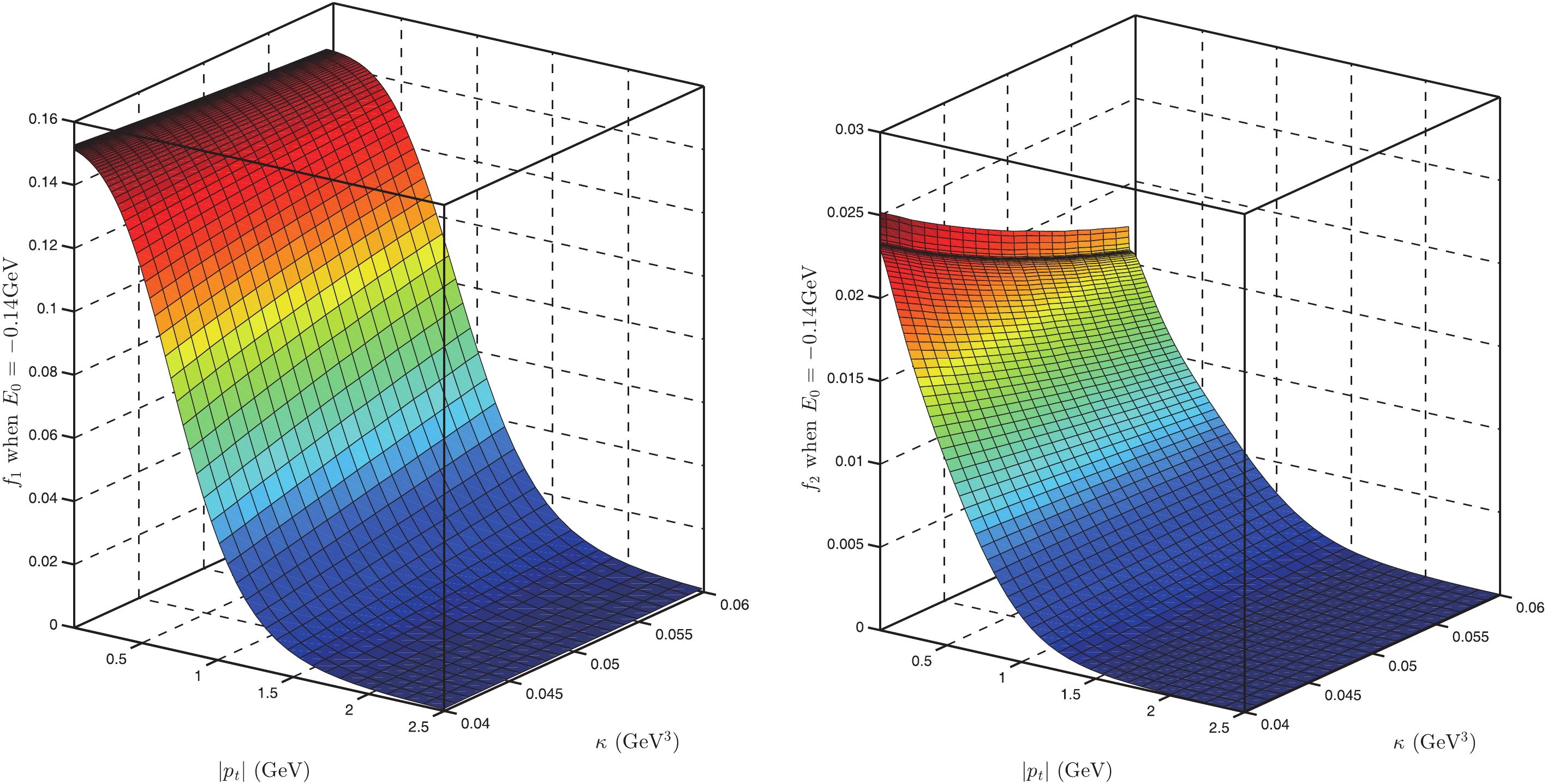 Figure3. (color online) The BS wave functions for
Figure3. (color online) The BS wave functions for  Figure4. (color online) The BS wave functions for
Figure4. (color online) The BS wave functions for  Figure5. (color online) The BS wave functions for
Figure5. (color online) The BS wave functions for 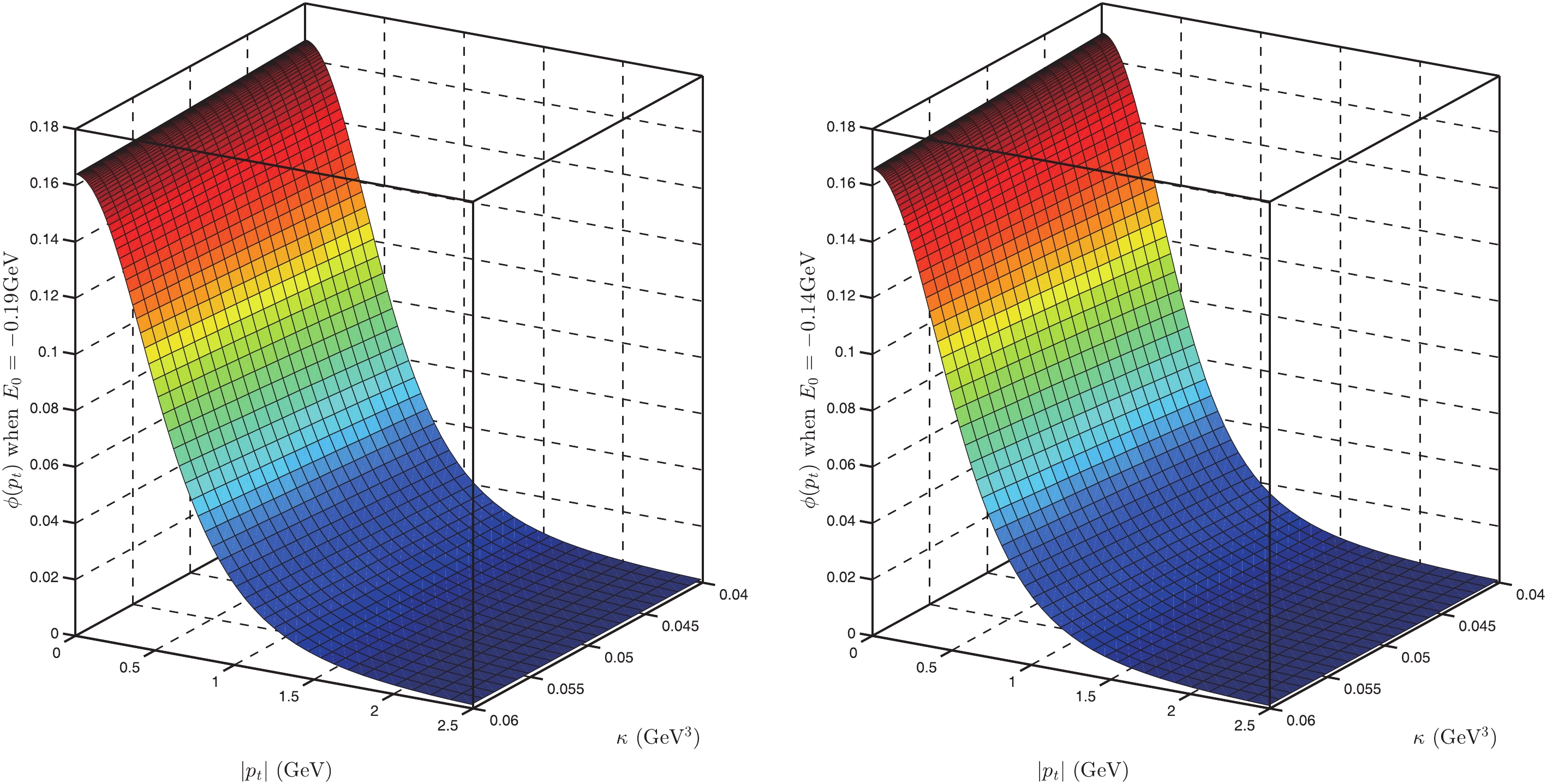 Figure6. (color online) The BS wave function for
Figure6. (color online) The BS wave function for  Figure7. (color online) The BS wave function for
Figure7. (color online) The BS wave function for 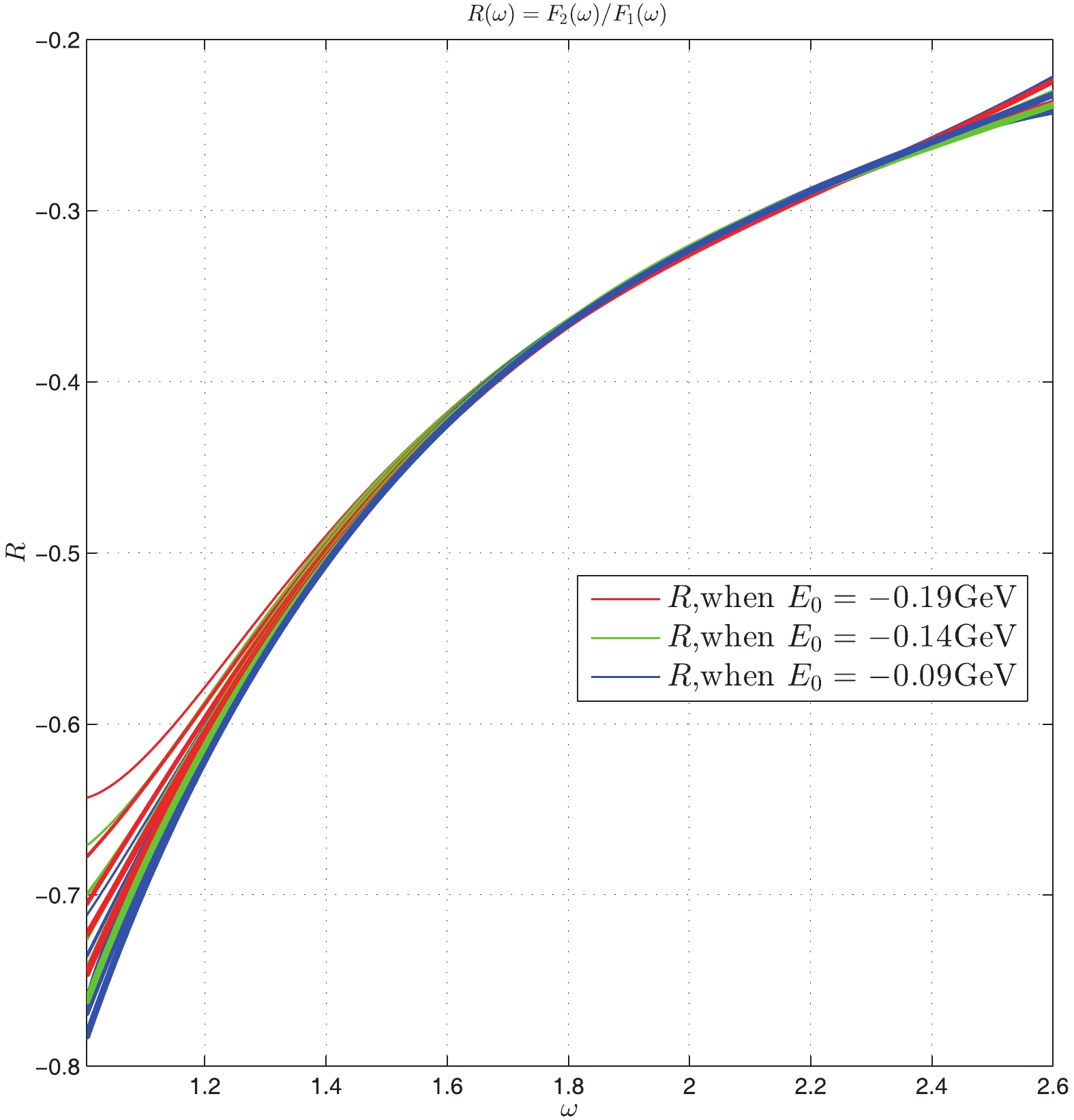 Figure8. (color online) The values of
Figure8. (color online) The values of In Figs. 9-11, we show the
        | present work 1450±5 | present work 14±550 | HQET [55] | QCD sum rules [32] | Exp. [54] |
  | 0.464?1.144 | 0.611?0.867 | 2.23?3.34 | 4.6±1.6 | ? |
  | 0.602?1.482 | 0.856?1.039 | 2.08?3.19 | 4.0±1.2 | 1.08±0.28 |
  | 0.177?0.437 | 0.233?0.331 | 0.179?0.276 | 0.8±0.3 | ? |
Table3.The values of the branching ratios for
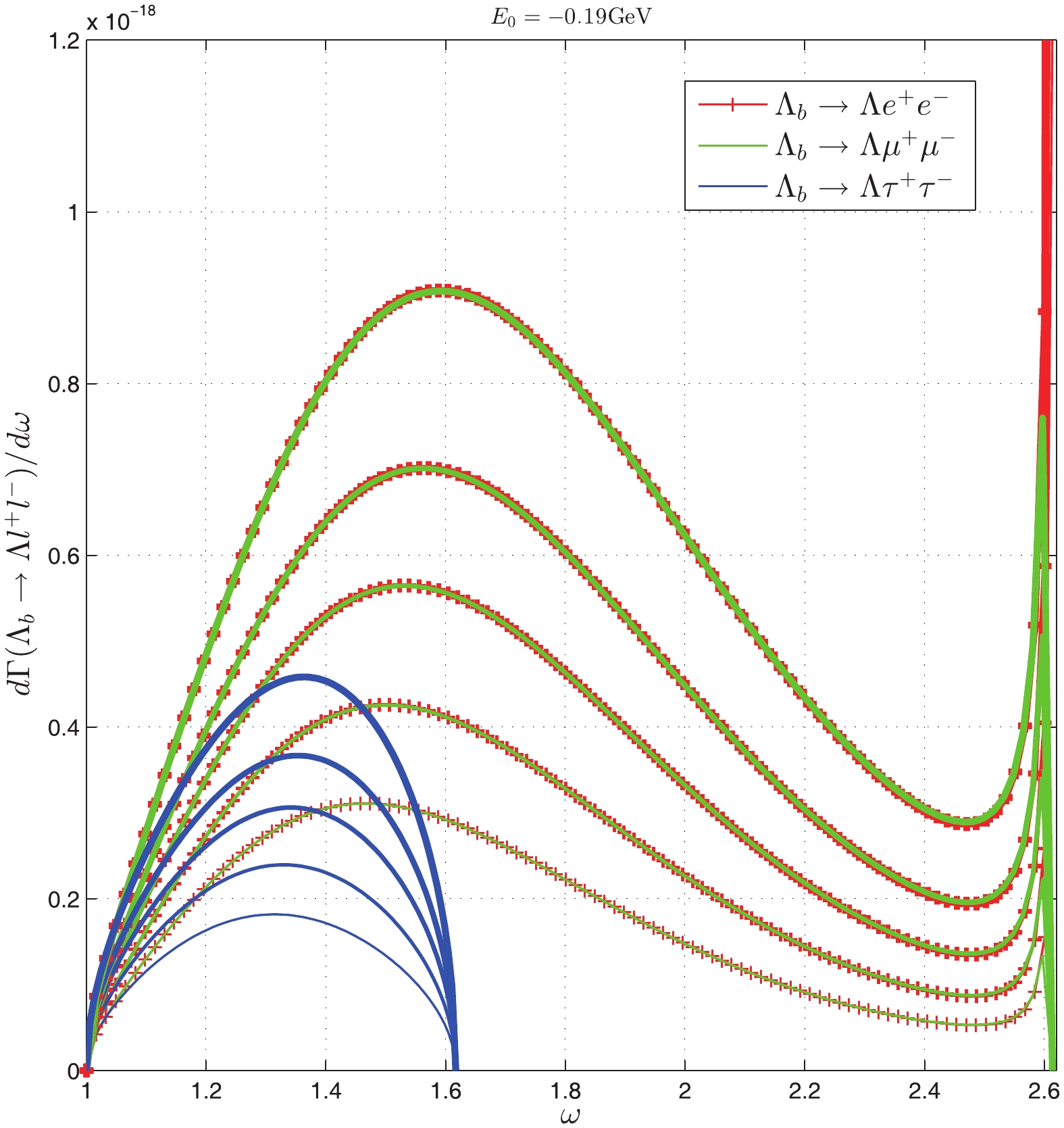 Figure9. (color online) The differential decay width of
Figure9. (color online) The differential decay width of 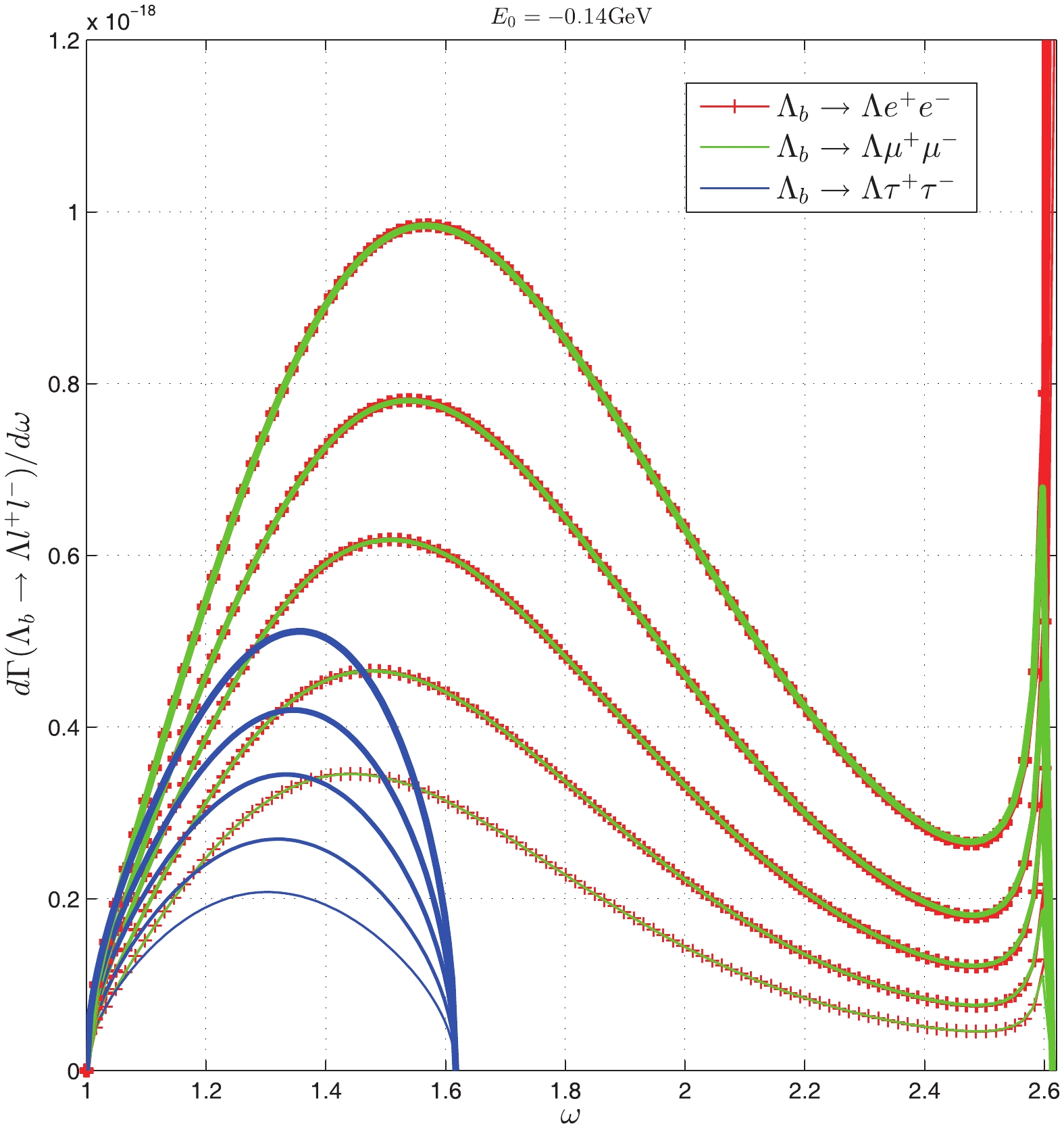 Figure10. (color online) The differential decay width of
Figure10. (color online) The differential decay width of  Figure11. (color online) The differential decay width of
Figure11. (color online) The differential decay width of In the present work, we have performed the first BS equation calculation of these FFs. In our work,
In the HQET, the approximation



